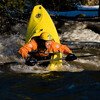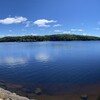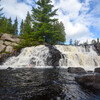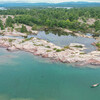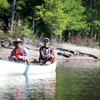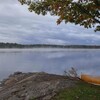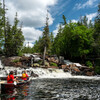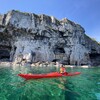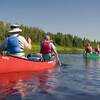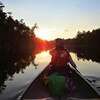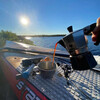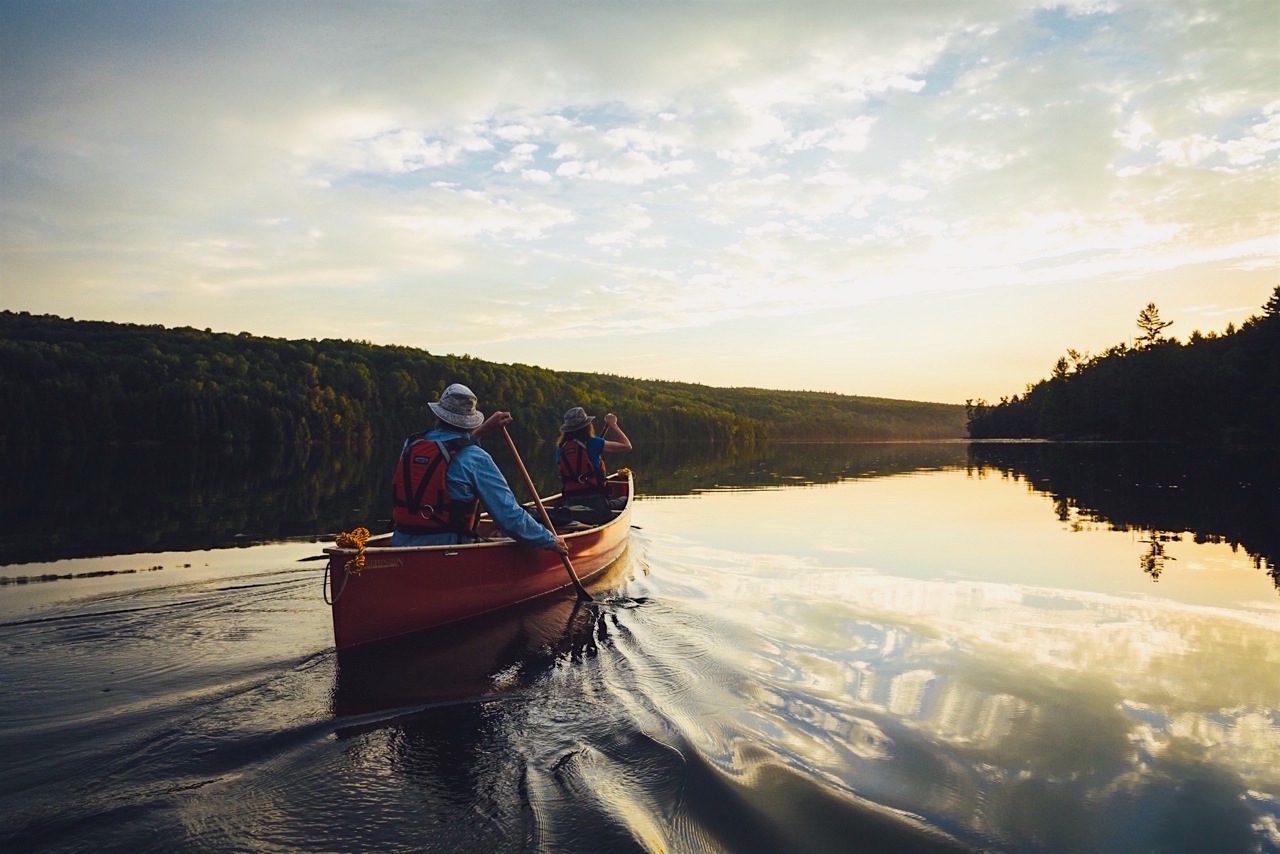
Paddle the Mighty Moose River
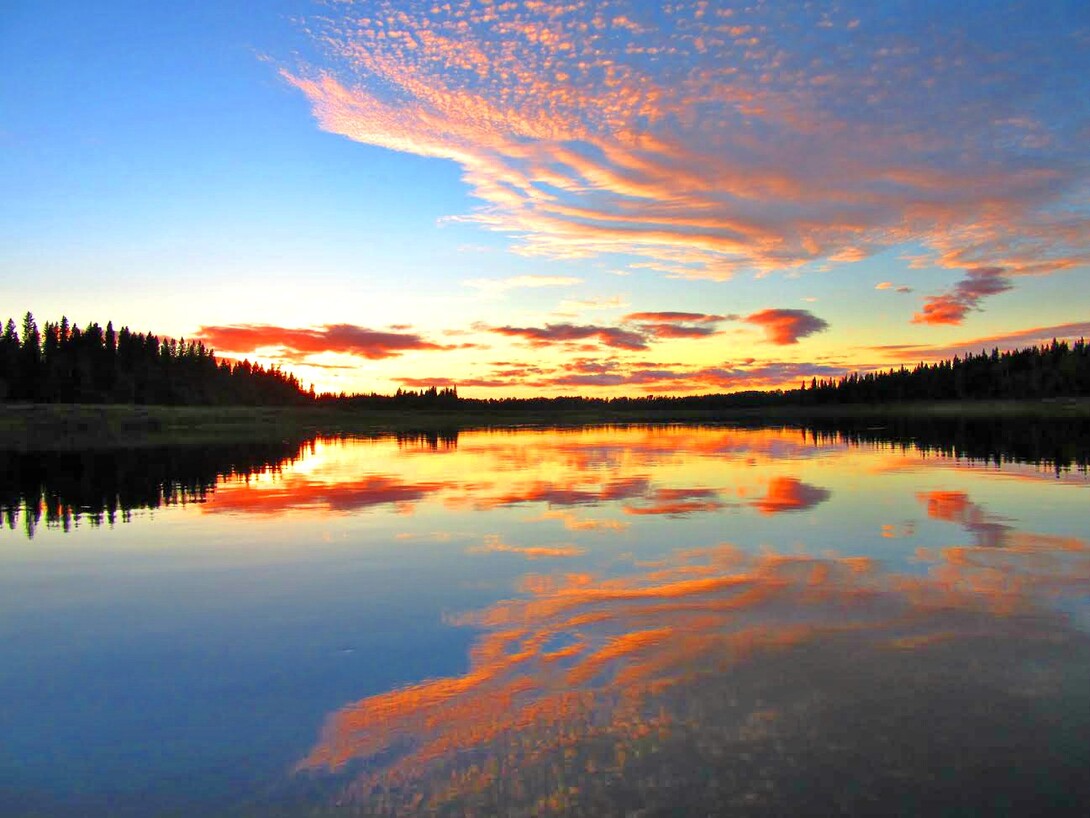
No outdoorsperson’s bucket list is complete without at least one big river trip. For many, however, these trips seem to be reserved for the outdoor enthusiast “elite.”
You know the type. Those family members, friends, co-workers, or distant acquaintances that seem to have far too much time on their hands and have little trouble penciling in a month long expedition away from work, family and the rigours of everyday life. For the rest of us regular plebes, big river trips often take a backseat to much simpler and less demanding weekend or week long excursions. Then, before we know it, winter is upon us and it’s time to store the canoe and paddles in place of snowshoes and ice augers.
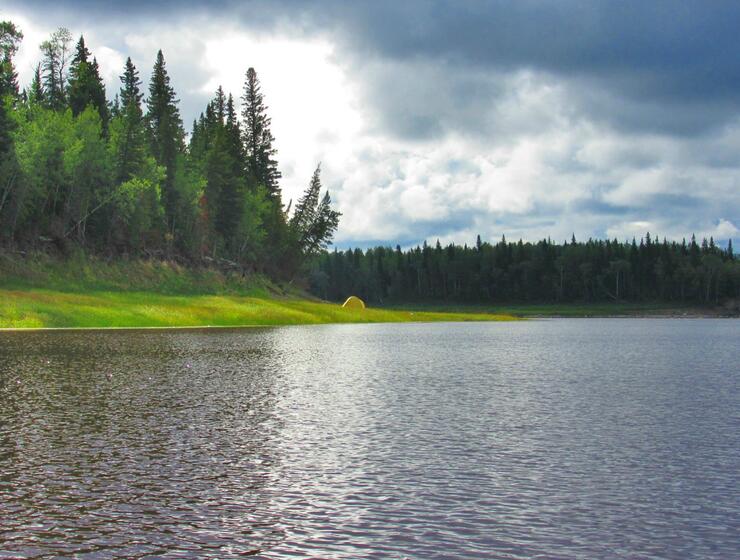
Rejoice! There is an option that offers the best of both worlds right here in Northeastern Ontario. You can travel the province’s largest river as it penetrates the thick spruce and tamarack walls of Northeastern Ontario’s most untouched wilderness and be home before week's end. I'm talking about travelling the lower reaches of the mighty Moose River as is makes its final decent into James Bay, through the community of Moosonee / Moose Factory. For a leisure trip I recommend giving yourself three to five days. Plan this trip for late summer or early fall when the water and bug levels are lower.
Note: Contacting the Lands and Resources Department of Moose Cree First Nation is advised, as they can provide you with guiding services and updated river information.
Day 1
This journey begins in Cochrane, a small Northeastern Ontario town and the departure point of the Polar Bear Express. The train, which represents the lifeline of Ontario’s far north, has plenty of room for you and all your gear. A 3.5-hour train ride through some of the thickest forest in Ontario brings you to your launching point at the Moose River crossing.

I took this trip in early September of 2016 in an 18-foot Esquif cargo canoe with a 6hp outboard so that I could return to upstream fishing spots. However, for those thinking of doing the same I recommend getting acquainted with the tilt and shallow drive settings before hitting the water. Shallow rocky shelves and murky waters threaten to reduce your propeller to nothing but a stump. Keeping that in mind, I recommend paddling whenever possible.
The northwestern shoreline downstream of Louise Island offers several places to set up camp on the raised bank overlooking the river. When selecting a campsite be sure to make camp well above the water as upstream rainstorms can raise the water level significantly overnight.

Day 2
After an early morning of fishing and a belly full of breakfast, hit the water again en route to your next campsite just above the confluence with the Abitibi River. This stretch of river is relatively slow with a few small class I rapids to get things moving. As you wind your way downriver (keeping to the left side to avoid shallow water), keep an eye out for small creeks pouring into the river. These can be hotspots for monster pike gorging on prey items being washed into the river.
Make camp that night on one of the sheltered islands keeping in mind the possibility of rising water. Fishing around this region is some of the best in the lower reaches of the river, so be sure to wet a line and spend some time exploring.
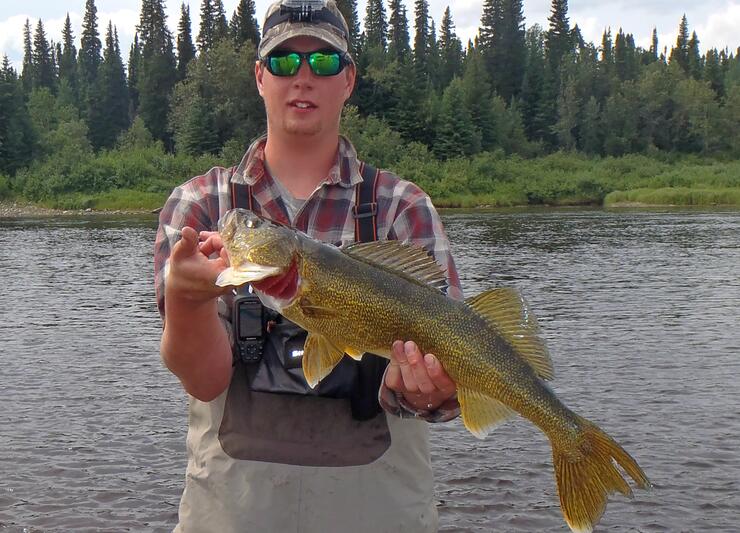
Deep swirling pools near the mouth of the Abitibi River create unique habitats home to different types of fish such as sturgeon, whitefish, and goldeye, as well as the more traditional sportfish species. If one day doesn’t feel like enough, spend an extra night at this location rather than further downriver.
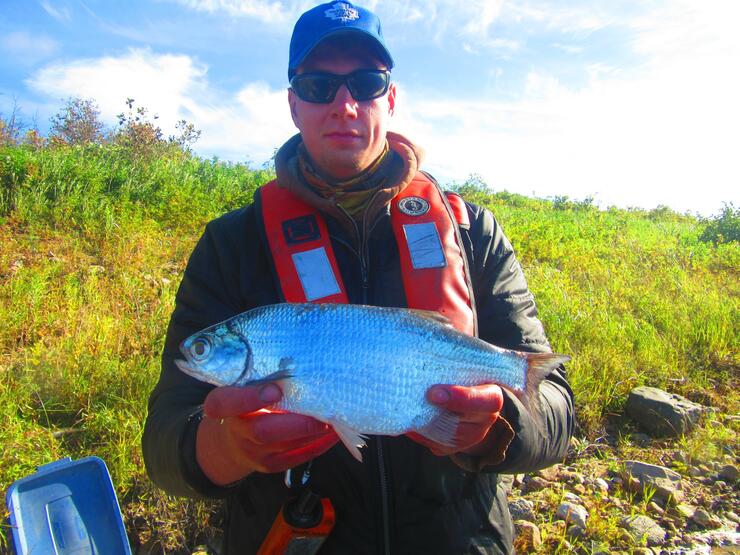
Day 3/4
Your last day of river travel will only take four to five hours, so you have plenty of time to ensure that your boat is packed evenly and your load is stable. While 90% of the distance you cover on this day is no different from what you've already covered upstream, there is a challenging segement ahead to be aware of.
The Kwetabohigan Rapids begin about 2 km upstream of the Kwetabohgan river outlet and range between Class I and Class III, depending on the water levels and the section you choose to travel. To avoid the white water, begin moving to the river's left as soon as you begin to see the rapids and stick close to the northern shoreline.
Beyond this spot, there is one small rapid at the base of Hancock Island and roughly 20 km of slow water left between you and the town Moosonee / Moose Factory. Depending on your schedule there are plenty of options to overnight in Moosonee ranging from a world class Eco-lodge to a Provincial Park.
Recommended Articles
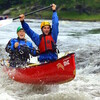
Learn or Improve Your Paddling Skills
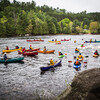
Get On The Water

The Greatest Lake's Greatest hits

FIND SOLACE
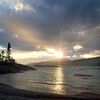
Explore incredible Lake superior
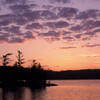
Backcountry Beginners
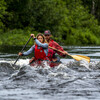
Guide to the Maukinak Trail
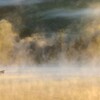
Paddling into the Past: Ontario Ghost Town Canoe and Kayak Routes
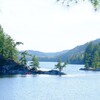
Chips and Canoes
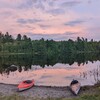
Paddling Getaways Near North Bay
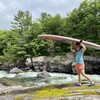
Paddleboard Camping in Ontario
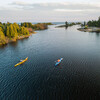
Philip Edward Island Camping Guide
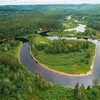
Best Camping on the Spanish River

SUP the Soo.
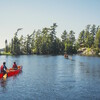
No Roughing It Here
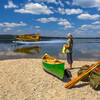
Best Fly-in Canoe Trips
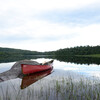
Exceptional Backcounty Paddling
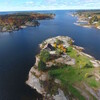
Summer Getaways

REady to retire?
